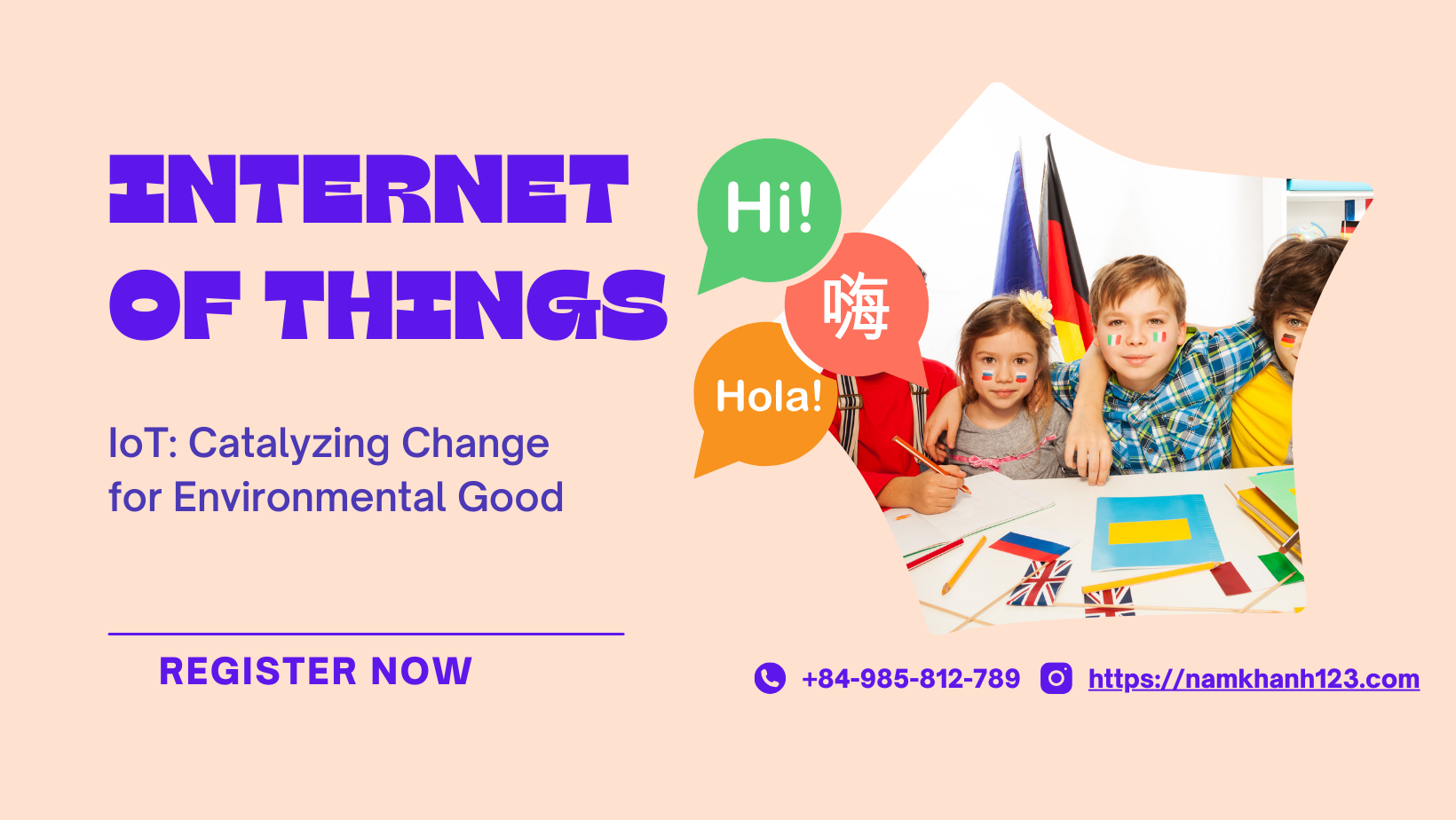In the contemporary digital landscape, the Internet of Things (IoT) stands out as a beacon of innovation with a cause. “The Tech that Cares: IoT for Environmental Health” is an exploration into how this pervasive technology is being harnessed to safeguard and improve the planet’s ecological balance. This article dives deep into the ways IoT is contributing to environmental health, from monitoring ecosystems and reducing waste to fostering sustainable practices and beyond, all while ensuring SEO-friendly content unique to your website.
At its core, IoT is about connection and intelligence, with networks of sensors and devices gathering data and interacting seamlessly. In the context of environmental health, these capabilities translate into more effective, real-time monitoring and management of various ecological factors. For instance, IoT sensors deployed in oceans and rivers monitor water quality, detecting pollutants and providing essential data that informs cleanup efforts and pollution prevention strategies. Similarly, air quality sensors in urban areas help track pollution levels, offering insights that can lead to more effective environmental regulations and healthier cities.
Waste management is another critical area where IoT is making a substantial impact. Smart waste bins and recycling systems equipped with IoT technology not only monitor waste levels but also identify the types of waste being disposed of, optimizing collection schedules and routes for efficiency and fuel savings. This leads to more effective recycling, reduced landfill use, and lower greenhouse gas emissions, all contributing to better environmental health.
In the realm of agriculture, IoT is revolutionizing traditional practices with precision farming. Sensors monitor soil conditions, crop growth, and weather patterns, enabling farmers to make informed decisions about irrigation, fertilization, and harvesting. This targeted approach reduces resource waste, minimizes chemical use, and increases crop yields, all while supporting a more sustainable and environmentally friendly agricultural sector.
However, the journey of integrating IoT for environmental health isn’t without its challenges. The production, operation, and disposal of IoT devices themselves can have environmental impacts. Addressing these concerns requires a commitment to designing and using devices that are energy-efficient, have a longer lifespan, and are made from sustainable materials. Furthermore, as IoT devices proliferate, ensuring robust security and privacy measures is essential to protect the data they collect and the systems they interact with.
“The Tech that Cares: IoT for Environmental Health” encapsulates the promise and potential of IoT as a tool for ecological stewardship. By enabling smarter resource management, reducing waste, and providing data for informed decision-making, IoT is at the forefront of promoting environmental health. As technology continues to evolve, so too will the opportunities to leverage IoT for the benefit of the planet. The path forward involves not only technological innovation but also a commitment to sustainable and ethical practices. Embracing IoT with this holistic approach can indeed make it the tech that cares, driving forward a healthier, more sustainable world for future generations.

